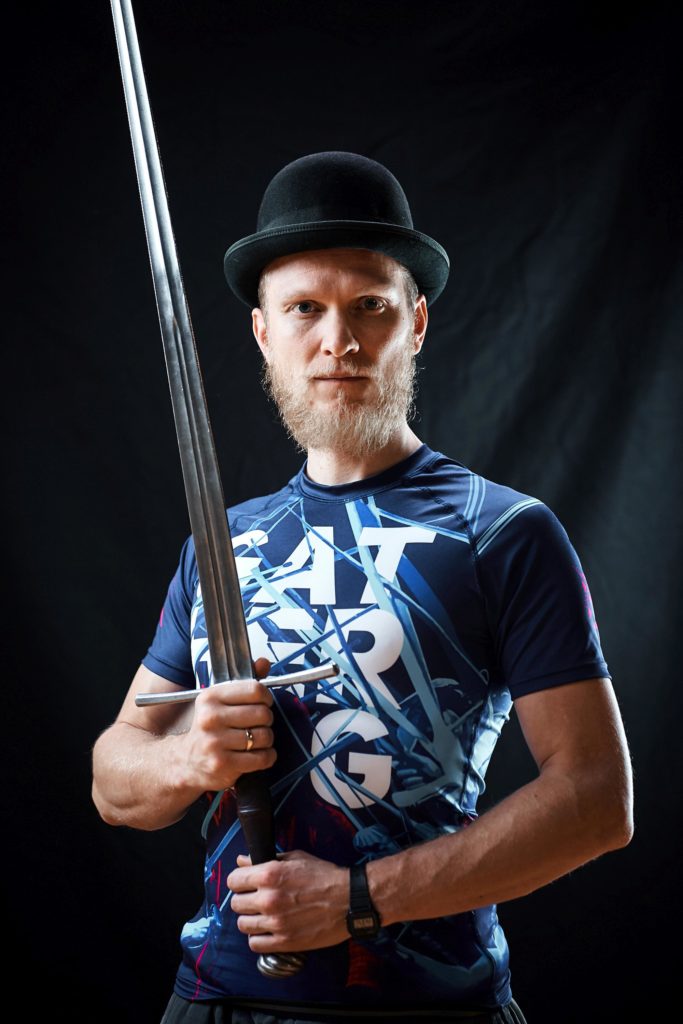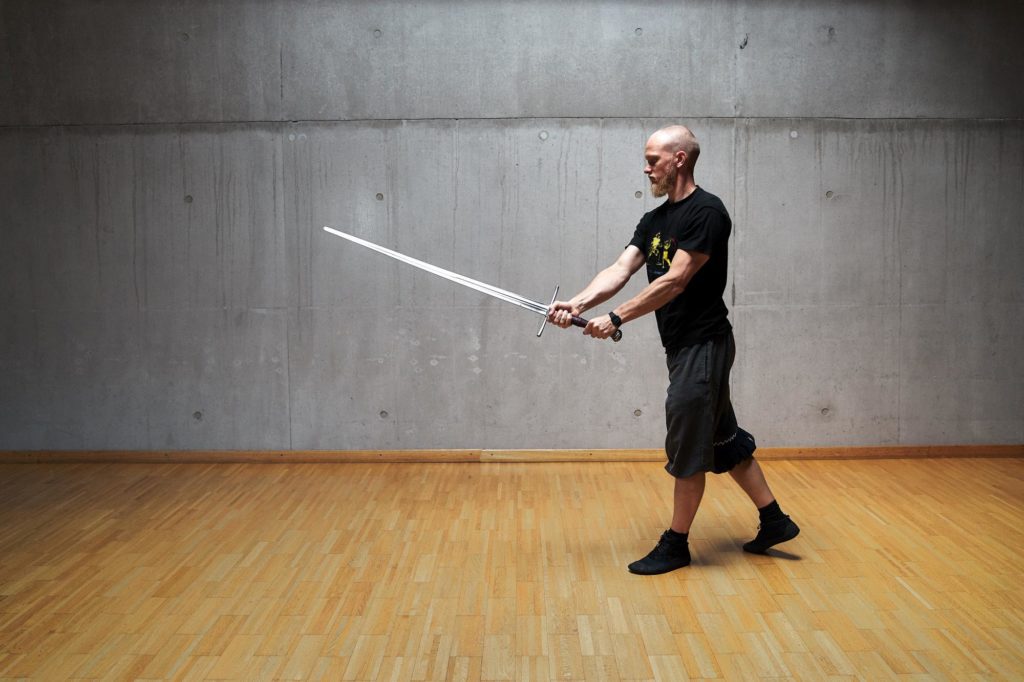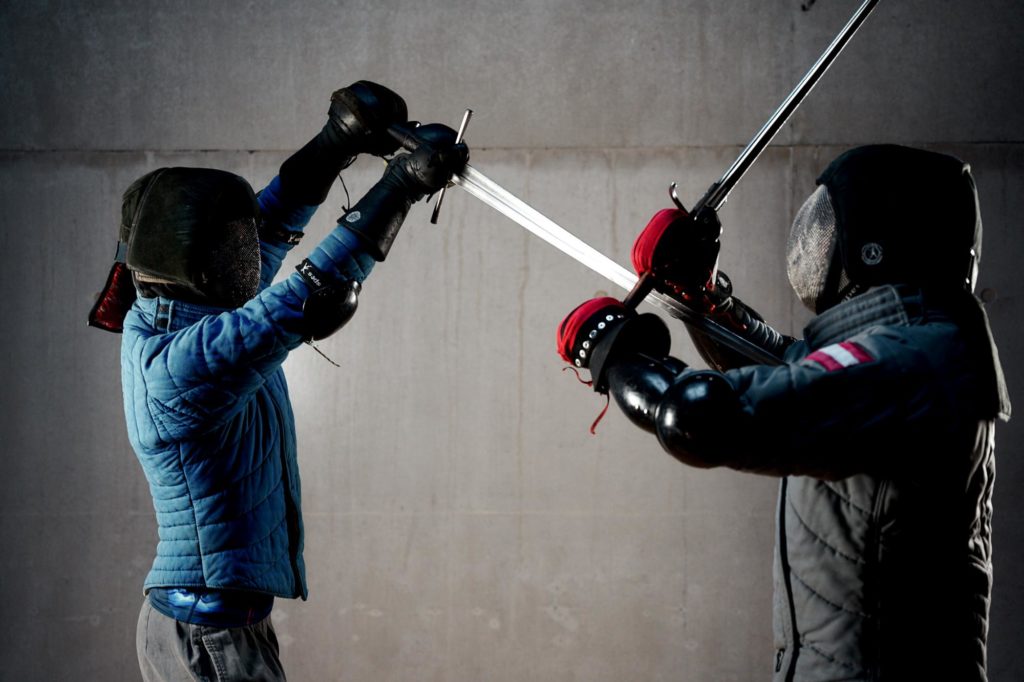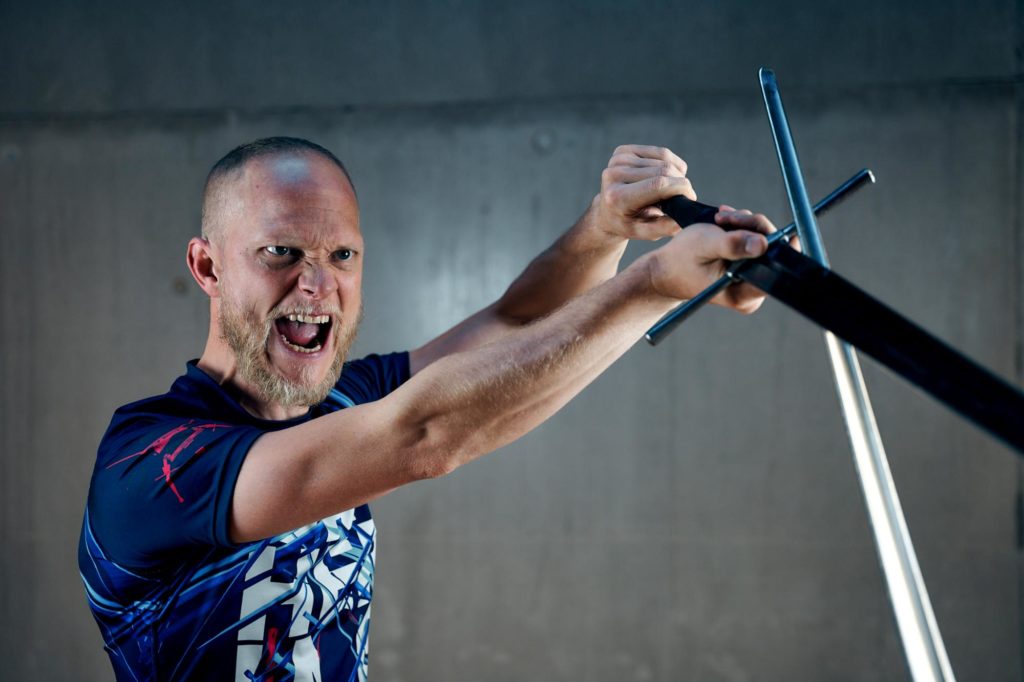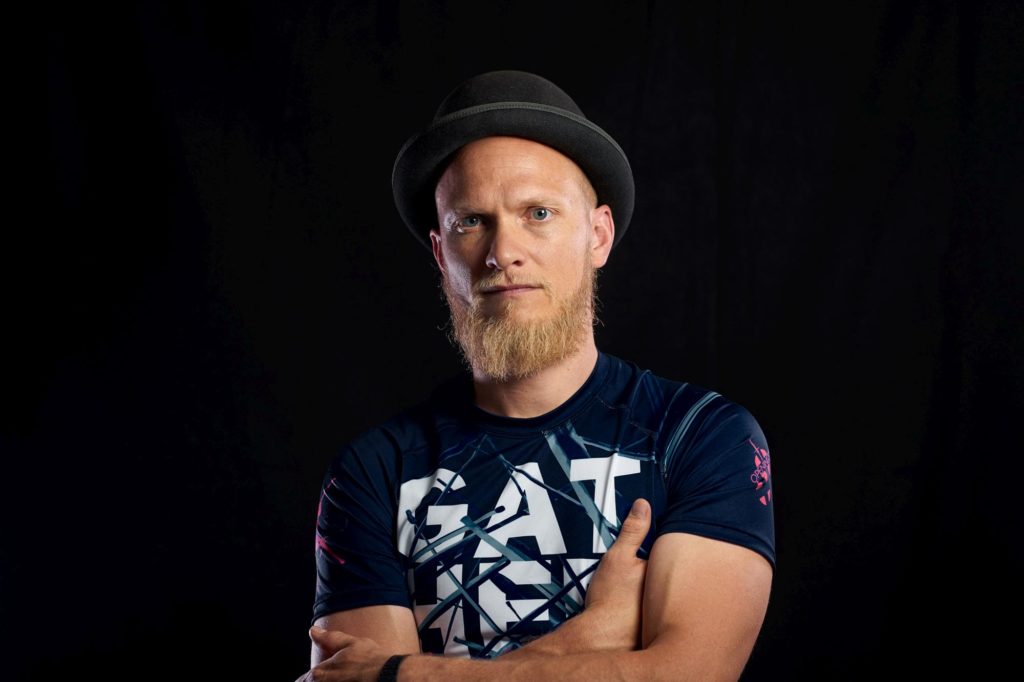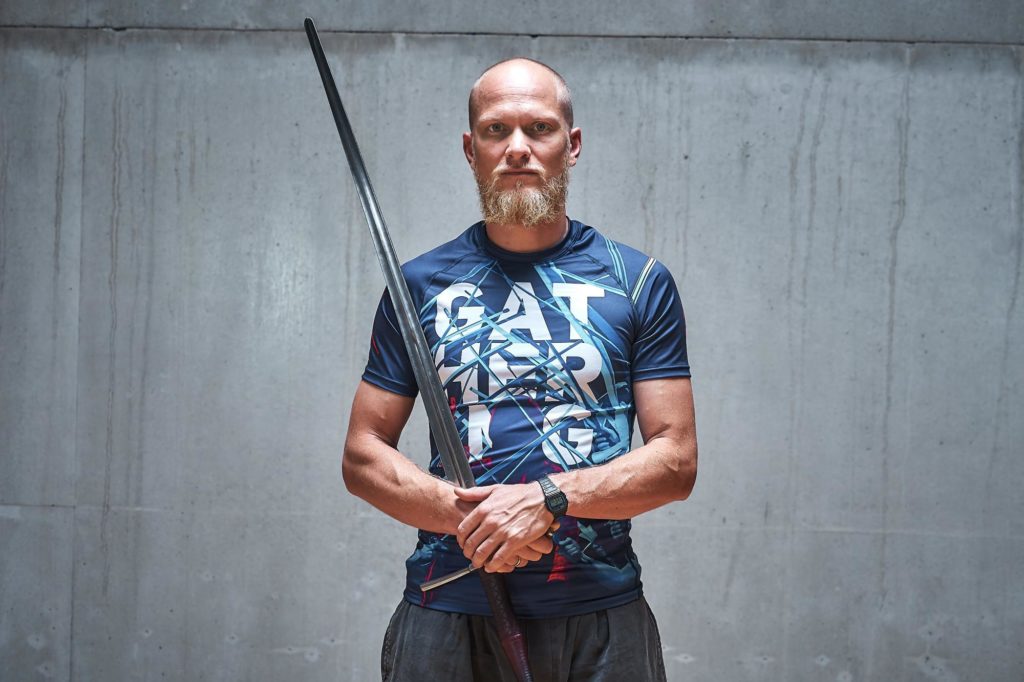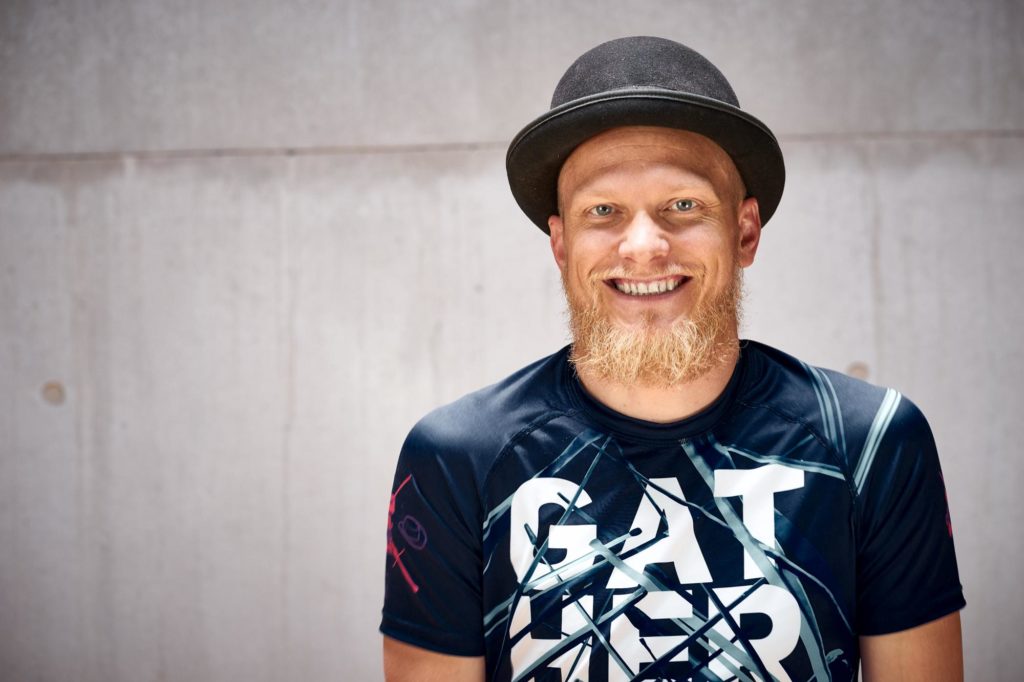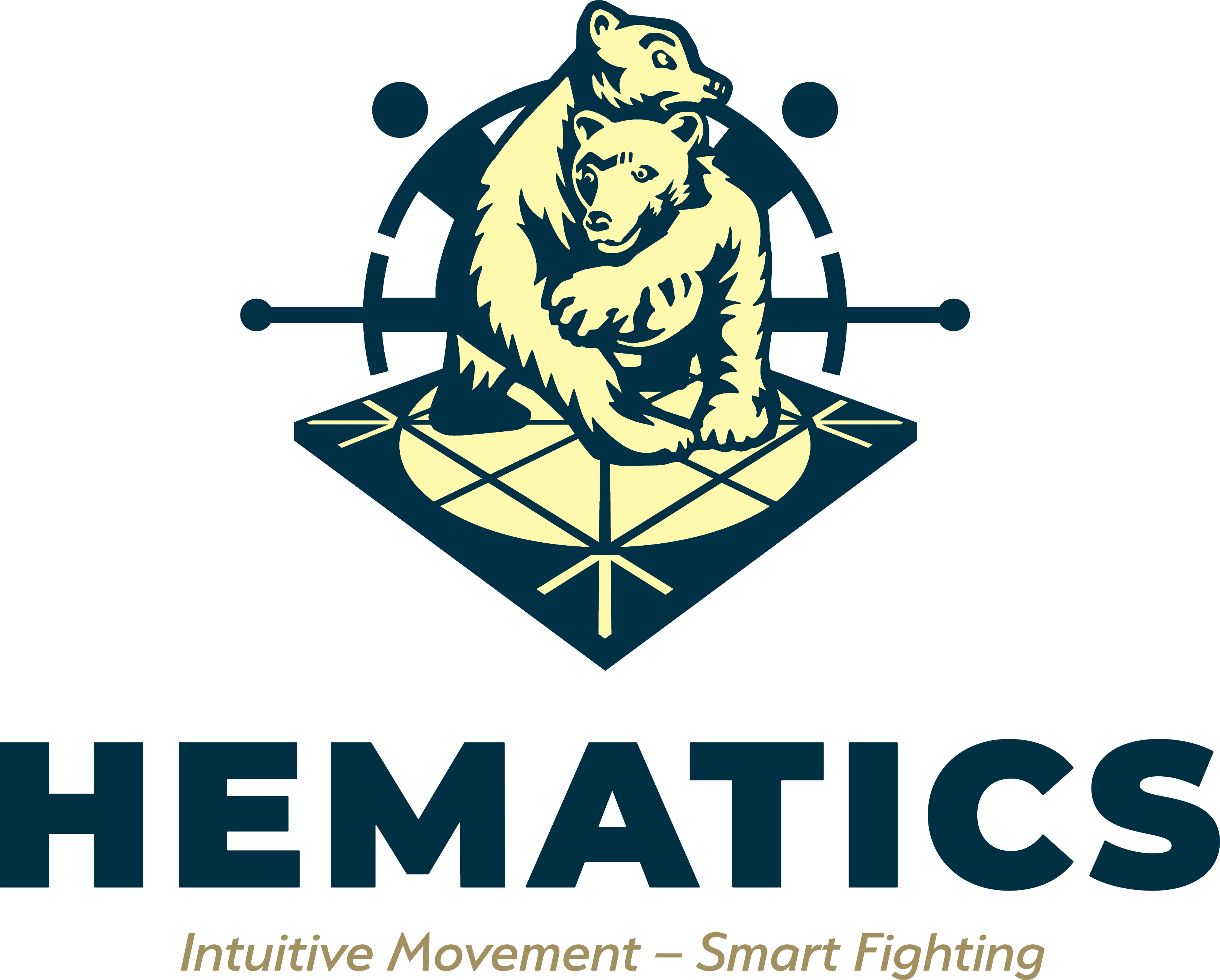In this Introduction into solo training with the Longsword you will learn the following:
Breathing
How you can support your fencing actions with strong breathing.
Footwork
How you can move into different directions at the same time have a good and stable connection to the ground.
Guards or Huten
You will know four basic positions you can start and end your fencing actions in.
Basic movement patterns for attack – Cut and Thrust
You will learn how to perform attacks from different positions by using a cut or a thrust.
All of this you will perform with high quality and strong posture. All the exercises you learn will be combined into one last exercise “The Basic Flow” you can watch here:
Trailer
About the Instructors
Ingulf Popp-Kohlweiss
Discipline: Longsword Liechtenauer Tradition
Video Series:
– Longsword Basics (Beginner to Intermediate)
– Longsword Zornhau(ort) (Intermediate to Advanced)
Language: German (Austrian Dialect)  + English subtitles
+ English subtitles
Videos
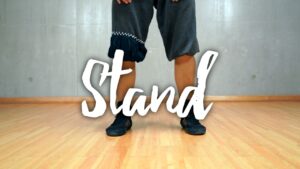
Stance
Stand upright. Hold your balance.
Save energy and use your body in the most efficient way. Develop a feeling for your contact to the ground and improve your body awareness.
In this video Ingulf Popp-Kohlweiss will help you develop your stance sensitivity. You will transfer this new feeling into your footwork and fencing exercises and this will also improve your later
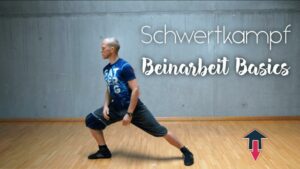
Footwork Basics
Ingulf Popp-Kohlweiss will describe footwork through simple movements: Translation and rotation. The horizontal and vertical plane for orientation.
Doable at home alone, great for beginners, but also for advanced fencers who should check it out and go over the basics again deliberately!
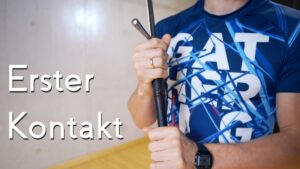
First Contact
Ingulf Popp-Kohlweiss explains the first grabbing of the Longsword. An action that can be used as concious entry into training.
Furthermore he shows exercices how to introduce beginners who come to training the first time to moving intuitivly with the longsword.
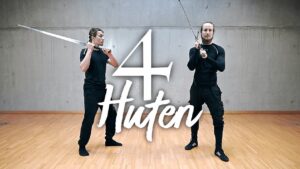
Four Guards – Vier Huten
In this basic tutorial we show you a first step into the four main Huten (guards, positions) in the Liechtenauer System: Alber, Pflug, Ochs and Hut vom Tag. First we look at one position after the other, from front and from side, left and right. Then we use stance, breathing and footwork to move freely with and through the positions. After a mirroring exercise we end circling each other using the guards to threaten and protect. These movements through the guards generates a good basis for your efficient fencing and provides you with a good start into a high quality training.
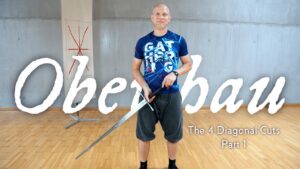
Oberhau – The four diagonal cuts part 1
Ingulf Popp-Kohlweiss shows the diagonal Oberhau (Cut from above) from the right and the left side. It is a really basic but also the most frequently used cut.
You first learn the Oberhau while standing still, later you perform it with footwork.
Starting from basic movement we include whole body strength, breathing and grounded footwork to make the cut powerful.
Since we use the Oberhau very often in training, sparring and tournament it is really important to perform it right.
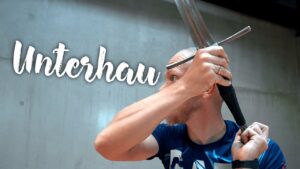
Unterhau – The four diagonal cuts part 2
Ingulf Popp-Kohlweiss shows the diagonal Unterhau (Cut from below) on the right and the left side.
It is a very basic cut, not as strong as the Oberhau (Cut from above) but still very important.
Since it leads into Ochs and the Hängen from above, it makes the system complete.
You will first learn the Unterhau while standing still, later you perform it with footwork.
To make the Unterhau proper we include whole body strength, breathing and grounded footwork. Enjoy!
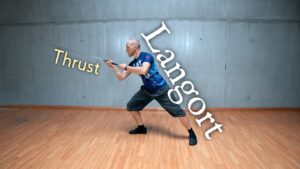
Thrust in Langort
Ingulf Popp-Kohlweiss shows a second “Wunder” in the Liechtenauer System: The Thrust.
“Wunder” comes from wound, so it stands for a wounding action.
You will train a version of the thrust with the most reach. The thrust into the position “Langort”.
You first do it while standing still, then you combine it with different variations of footwork. In the end you perform the stab from changing through the four guards.
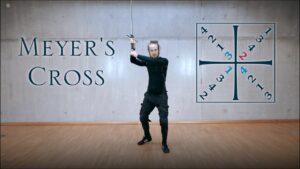
Meyer’s Cross: Das Meyerkreuz
A learning aid to the four times four cuts from Joachim Meyers fencing manual from 1570. We work with the long edge from the outermost to the innermost sequence. At the end you will see a short demonstration how to use your breathing to combine the cuts.
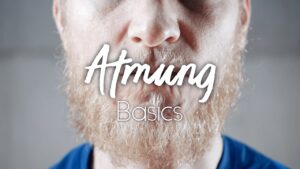
Breathing Basics
If you were asked how you breathe during training or sparring, what would you answer?
Are you aware of the way you breathe?
In this video Ingulf Popp-Kohlweiss shows one basic principle of strong breathing.
You will learn how you coordinate your breathing with your movement to improve the quality of your training.
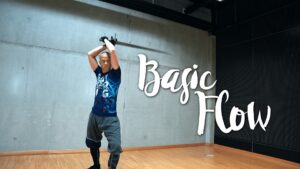
The Basic Flow
A video in which Ingulf Popp-Kohlweiss connects the ideas of the previous videos into one training: Breathing, Stance, Footwork Basics, 4 Guards, Oberhau, Unterhau and Thrust into Langort are all combined into one basic flow.
You will learn how to train these basics of Longsword training in one efficient exercise. This helps you save time while repeating the most important basics of your training.

